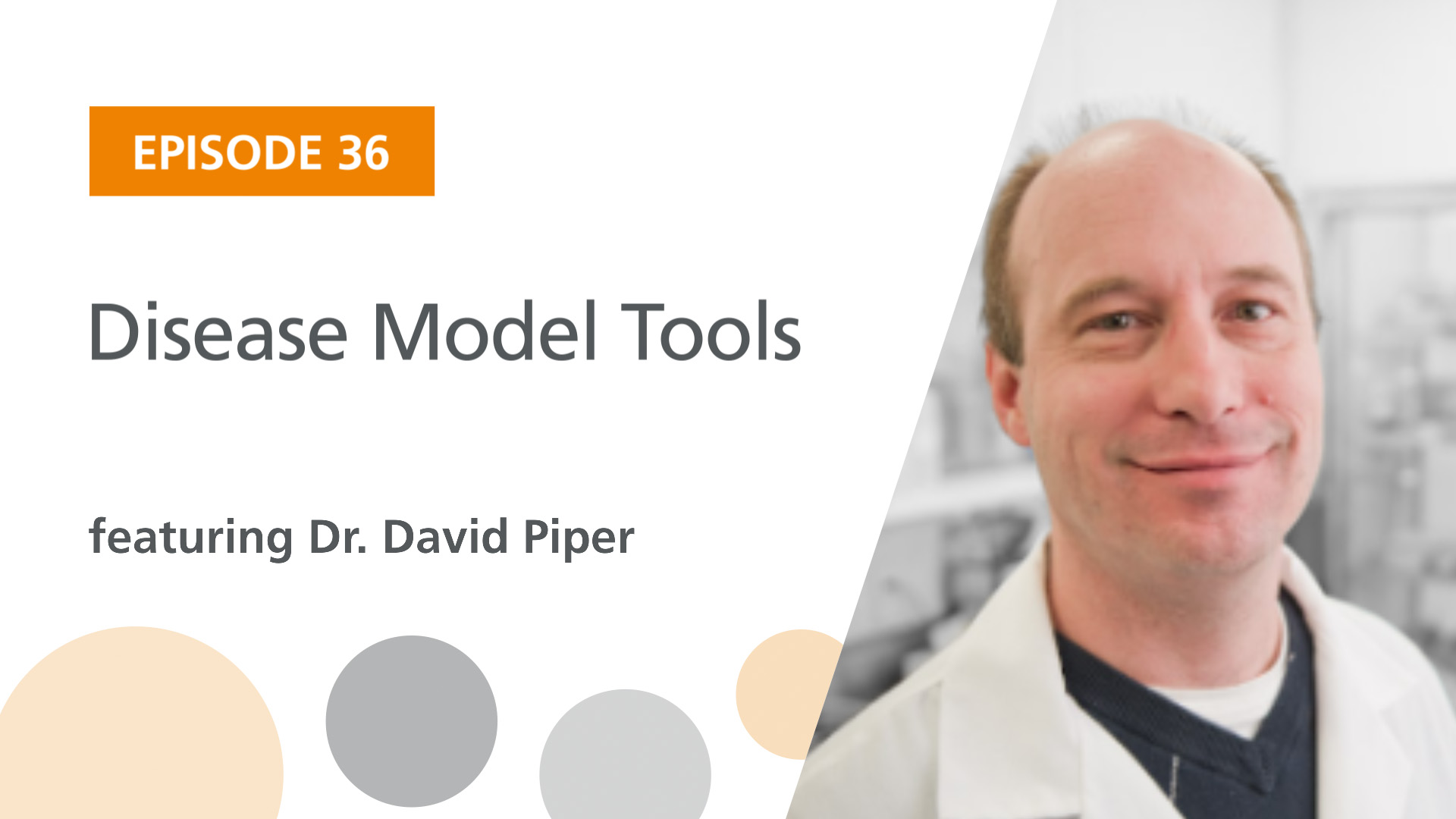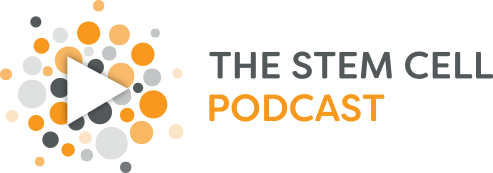
Podcast: Play in new window
Guest:
We talk to Dr. David Piper about disease model tools.
Resources and Links
Acute Immunomodulatory Effects of Binge Alcohol Ingestion – According to this article, alcohol can wreak havoc on your immune system from the moment you start imbibing.
BPA Alternative Disrupts Normal Brain-Cell Growth, Is Tied to Hyperactivity, Study Says – Researchers have shown why the chemical bisphenol-S once thought to be a safe alternative to bisphenol-A (BPA), which was abandoned by manufacturers of baby bottles and sippy cups after a public outcry, might itself be more harmful than BPA.
Extraordinary Gene Transfer between Cells Observed – A team of scientists observed that DNA from a mouse’s second genome, or mitochondrial DNA, could be transferred from healthy tissue to tumor cells in mice, promoting cancer growth and spread.
Decline in Grants for Young Researchers Puts Future of Science at Risk, Johns Hopkins President Writes – In this article, the president of John Hopkins University Ronald J. Daniels urges policy reforms and increased National Institutes of Health funding for young scientists who most of them are already leaving the academic biomedical workforce posing a grave risks for the future of science.
A New Antibiotic Kills Pathogens Without Detectable Resistance – A group of researchers led by Prof Kim Lewis of Northeastern University in Boston, Massachusetts, has discovered a new antibiotic Teixobactin that eliminates Methicillin-resistant Staphylococcus aureus, Mycobacterium tuberculosis, Streptococcus pneumoniae, Bacillus anthracis and other dangerous pathogens without encountering any detectable resistance.
Drug Stimulates Brown Fat and Boosts Metabolism – This article describes how researchers figured out how FDA-approved drug mirabegron, typically used to treat overactive bladder, could boost brown fat’s metabolic burning efforts inside the body.
A Protein-Tagging System for Signal Amplification in Gene Expression and Fluorescence Imaging – Scientists developed a protein scaffold, a repeating peptide array termed SunTag, which can recruit multiple copies of an antibody-fusion protein and may likely have many applications in imaging and controlling biological outputs.
Cold Virus Replicates Better at Cooler Temperatures – Researchers have found that the common cold virus can reproduce itself more efficiently in the cooler temperature found inside the nose than at core body temperature.
The Challenge of Creating an HIV Vaccine: Virus Infects Very Cells Induced by Drug – This article tries to explain the reason why there is no vaccine for HIV/AIDS; it is because vaccines designed to protect against HIV backfire, leading to an increase, not decrease, in new infections which may be due to the higher number of activated CD4+ T cells.
“Imaginary Meal” Tricks the Body into Losing Weight – Salk researchers have developed an entirely new type of pill called fexaramine that tricks the body into thinking it has consumed calories, causing it to burn fat.
Insights into the Evolution of Longevity from the Bowhead Whale Genome – Researchers have sequenced the genome of the Arctic giant, the circumpolar bowhead whale, and identified the key differences between these bi-centenarians and other mammals.
What Investors Are Looking At in the Stem Cell Sector – This article presents the different stem cell companies that have catalysts in the first quarter of 2015 in regards to stem cell stocks that could bring attention to the sector.
Cord Blood Registry and Cellular Dynamics International Announce Collaboration to Reprogram Newborn Stem Cells into Induced Pluripotent Stem Cells – Cord Blood Registry® (CBR®) and Cellular Dynamics International (CDI) announced that they have entered into a research collaboration to reprogram newborn stem cells from both umbilical cord blood and umbilical cord tissue collected, processed and cryopreserved under CBR’s protocols into induced pluripotent stem cells using CDI’s proprietary methods.
Gov. Cuomo Announces $36 Million to Accelerate Development of Stem Cell-Based Disease Cures – Governor Andrew M. Cuomo announced that $36 million has been awarded to three research groups for the development of treatments for some of the most devastating conditions that could be helped with stem cell research.
Pitt Researcher Uses Stem Cells from the Eye to Repair Damaged Corneas – Dr. Sayan Basu, who has helped complete a research at the University of Pittsburgh School of Medicine, is using stem cells in a pilot project to restore the eyesight of patients with damaged corneas.
Steering Stem Cell Trafficking into Pancreas Reverses Type 1 Diabetes – Researchers at Harvard-affiliated Brigham and Women’s Hospital studying mesenchymal stem cells — a cell type useful in treating immune-related diseases — have uncovered a way to enhance and prolong the cells’ therapeutic effects in a preclinical model of type 1 diabetes.
Genetic and Functional Diversity of Propagating Cells in Glioblastoma – This article is about Glioblastoma, a lethal malignancy whose clinical intransigence has been linked to extensive intraclonal genetic and phenotypic diversity and the common emergence of therapeutic resistance.
Direct Conversion of Fibroblasts into Functional Astrocytes by Defined Transcription Factors – This article shows that direct cell reprogramming enables direct conversion of fibroblasts into functional neurons and oligodendrocytes using a minimal set of cell-lineage-specific transcription factors.
Activated STAT5 Confers Resistance to Intestinal Injury by Increasing Intestinal Stem Cell Proliferation and Regeneration – Researchers have shown that activation of cytokine-STAT5 increased intestinal epithelial stem cells proliferation, accelerated crypt regeneration, and conferred resistance to intestinal injury.
A Comparison of Non-Integrating Reprogramming Methods – This article discusses the different advantages and shortcomings of each reprogramming methods. They present and review the results of a survey of a large number of human reprogramming laboratories on their independent experiences and preferences.
Optogenetics Enables Functional Analysis of Human Embryonic Stem Cell–Derived Grafts in a Parkinson’s Disease Model – Researchers used optogenetics to modulate in real time electrophysiological and neurochemical properties of mesencephalic dopaminergic neurons derived from human embryonic stem cells.
Photo Reference: Courtesy of Dr. David Piper

